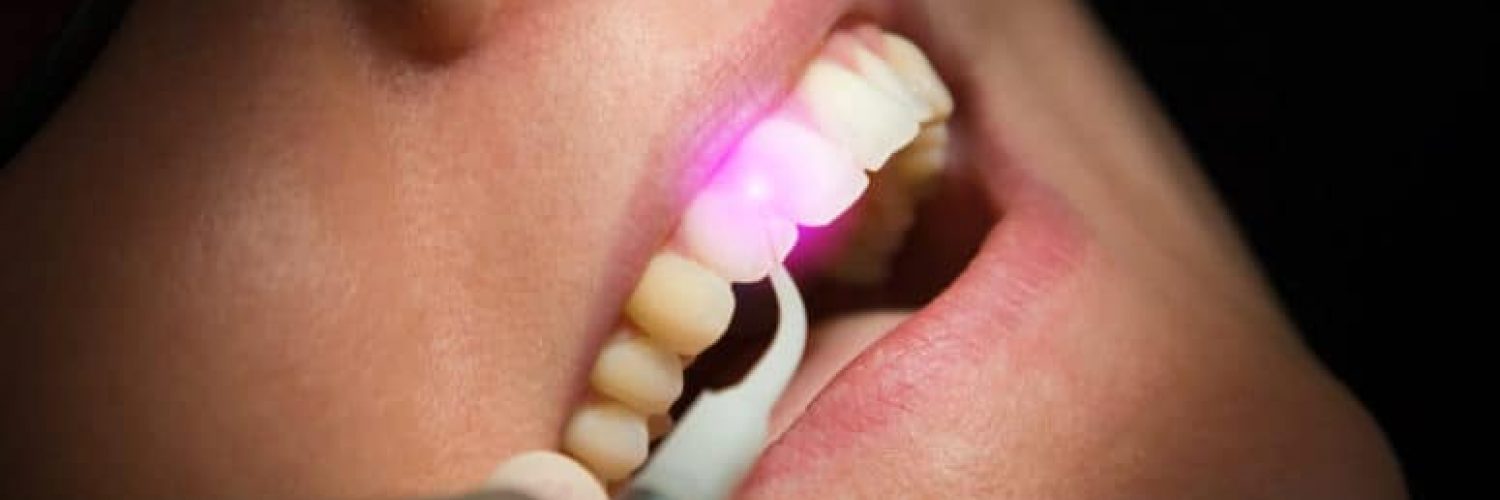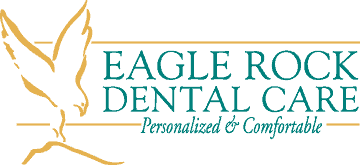Call me crazy, but I actually look forward to my bi-annual dental cleaning. I love how smooth and fresh my teeth feel afterwards! And I love having peace of mind, knowing that my teeth and gums are healthy. But, I know that a lot of people out there absolutely dread any visit to the dentist, even a simple cleaning. A good way to ease your fear is to understand the process.
Step 1: Physical Exam
A dental cleaning is normally handled by a dental hygienist. First, he or she will need to do a quick exam. Taking a small mirror, they will look at your teeth and gums checking for any decay, trauma, or possible inflammation. It is best to find these problems right away so the cleaning process can be quick and painless. If there is anything troubling, a dentist will come to give the okay to continue along with the cleaning.
Step 2: Remove Plaque
Despite our best efforts, plaque gets trapped between our teeth and underneath our gum-line. Luckily, a quick dental cleaning will take care of anything we have missed. The hygienist will scrape plaque away from between teeth and gums. If plaque goes left unnoticed and untreated for too long it becomes calcified and is then called tarter. Simply brushing and flossing won’t remove tarter, it must be removed in a dental office. These cleanings are vital for protecting you from plaque and tarter buildup that ultimately lead to gingivitis.
Step 3: Pretty Polish
Once all the plaque is safely removed, the teeth are ready for a good old fashioned scrubbing. Think of it like brushing your teeth, just a little advanced. A rough textured toothpaste is used to really give those teeth a good sparkle. The paste is applied to a sophisticated electric toothbrush and then massaged onto your teeth. The hygienist will be sure to be very thorough to get every tooth sparkling like new.
Step 4: Floss & Rinse
Every good brushing needs to be followed up with a good flossing. The toothpaste used has a grit to it that you don’t want left behind. Flossing will remove any left over toothpaste or plaque that was missed in the first couple steps. Plus it never hurts to be flossed by a trained hand. Then a good rinsing, of course, to wash away any debris.
Step 5: Fluoride
Fluoride is great for preventing cavities and tooth decay. The fluoride applied during a dental cleaning provides a nice thick coating. This type of fluoride can protect your teeth for months. It is foamy in texture so it can be sprayed into a mouthpiece and sit comfortably on your teeth. You will bite down on the mouthpiece and then your hygienist will make sure you are perfectly comfortable. And now your job is so easy, simply wait about a minute for the fluoride to work its magic.
Step 6: Dentist Exam
Dental cleanings are normally followed up by a quick check from the dentist. If you have any concerns, or if the hygienist noticed anything out of the ordinary, your dentist will take a look. Once you are cleared and cavity free, you get to go on home with your bright new smile.
What is Laser Bacterial Reduction
Laser Bacterial Reduction or LBR is a soft tissue laser that is used to reduce and eliminate bacteria in the mouth. It sterilizes the area around your teeth and gums. It’s a real game changer for dental cleanings. LBR is not meant to replace normal dental cleaning methods, but is used in addition for the best possible clean. The process is quick and less invasive than other methods. Laser Bacterial Reduction is the best way to clear bacteria out of all those hard to reach places.
Benefits of LBR
It might sound scary to think about using a laser to clean your teeth. Soft tissue lasers in the hand of a professional are perfectly safe. Here are just a few of the reasons you should consider asking your dental hygienist about Laser Bacterial Reduction:
- Greatly reduces bacteria in the mouth
- Prevents infection from spreading
- Reduces risk of gum disease
- Cleans hard to reach places
- Quick recovery
- Process is quick and painless
Gum Disease and LBR
One of the best reasons to consider Laser Bacterial Reduction is because it helps to prevent and treat gum disease. Gum disease can escalate rapidly to tooth loss. Bacteria gets trapped just underneath the gum line and sits and festers until things get out of hand. Prevention and early intervention are key to keeping your mouth as healthy as possible. LBR cleans those hard to reach places between teeth and just underneath the gum line. It works without agitating the gums so that you can heal quickly and be back on your way to a healthy smile.
Eagle Rock Dental Care proudly offers Laser Bacterial reduction as a dental cleaning method. Our providers are certified with the Soft Tissue Laser and are always happy to answer your questions or address your concerns. Contact us for an appointment today and we will happily help you discover the best treatment for you and your smile! And remember you can always request your appointment online!

